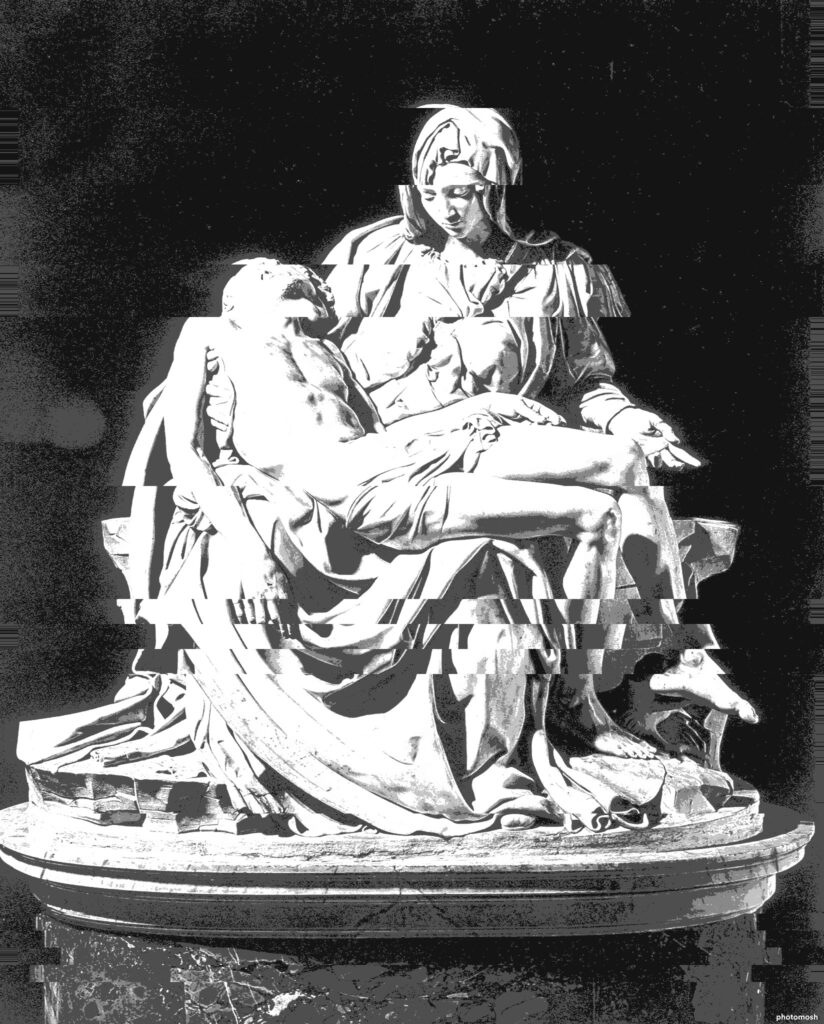Chapter 20 of John’s Gospel is the early portion of the resurrection account. Mary of Magdala has come across the tomb, with the rock sealing it now removed, and rushes away to the pillars, Peter and John.
2 So she ran, and went to Simon Peter and the other disciple, the one whom Jesus loved, and said to them, “They have taken the Lord out of the tomb, and we do not know where they have laid him.”
Mary of Magdala after seeing the unsealed tomb rushes to the chief apostles, Peter. John, as tradition asserts, leaves out his own name when referring to himself, always saying the other disciple or the beloved disciple. Many reason have been given for this ranging from John’s humility to John wanting the reader to see themselves as this beloved disciple.
Mary tells the partial inner circle of the apostles after seeing the unsealed tomb that “they have taken the Lord out of the tomb”. She does not assume a resurrection, but assumes a safer more “natural” explanation, that someone has stolen Jesus’ body and she and the other women are unaware of where the body has been taken.
3 Peter then came out with the other disciple, and they went toward the tomb.
Upon hearing this news from Mary of Magdala, Peter and John go toward the tomb.
4 They both ran, but the other disciple outran Peter and reached the tomb first;
They both run toward the tomb but John, being the younger disciple and perhaps filled with more emotion as the beloved disciple outruns his senior, the apostle Peter. John reaches the tomb first.
5 and stooping to look in, he saw the linen cloths lying there, but he did not go in.
John stoops looking into the tomb, he sees the linen clothes lying in there but does not go in. Theologians have suggested that the sepulchre is like a new Holy of Holies and that John, being the immature priest to the senior high priest Peter, is unable to enter despite his zeal.
6 Then Simon Peter came, following him, and went into the tomb; he saw the linen cloths lying,
Peter is the first to enter the tomb. He too, after entering, sees the linen cloths lying.
7 and the napkin, which had been on his head, not lying with the linen cloths but rolled up in a place by itself.
A separate cloth, which was used a face covering was also seen by Peter. It was not with the other cloths but rolled up separately. This word often gets translated as napkin but the modern connotations of napkin make this seem like a weird choice of words. The Greek word is soudarion which is essentially just a cloth, typically made of linen. It was used to describe a cloth with multiple purposes, and what you translate it as depends on the context. In the case of this verse, it should be translated as face-covering, as that is what it was.
A Jewish burial in this time, require a person to have a cloth folded over them from top to bottom. This was bound with cloth bands. A face-covering was applied to…the face. All these linen cloths were found in the tomb, the facial cloth, separate to the body shroud and the linen bands that bound the shroud to the body.
8 Then the other disciple, who reached the tomb first, also went in, and he saw and believed;
John, who actually reached the tomb first but did not go in, now enters after Peter. After he enters he sees the cloths and “believed”. John is letting his audience know that for him, it was this experience that convinced him of the resurrection. The disciples will have later experiences of proofs of Jesus’ resurrection but John wants his audience to know that entering the empty tomb was the moment that sealed his belief.


Leave a Reply